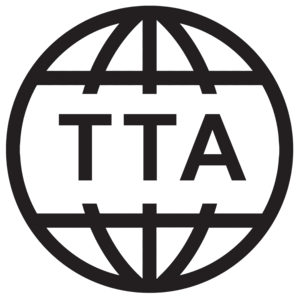Interview Richard Catty
Photography Gidi Gilam
Naama Hofman of Tel Aviv is an independent designer of ‘light objects’, fittingly named installations that float almost weightlessly within the spaces they illuminate. Whether suspended above a reception desk by elegant brass piping or bracketed against the exposed brickwork of a restaurant’s interior wall, the tubular form of the light emitting parts, rather than being a means of highlighting features in a room, become the focal point in themselves. Other light objects gently tickle at that bit of brain tissue which glues human eyes to illusionary shapes, their convoluted forms curiously juxtaposed against a simple inventory of components. With her obvious talent for reductive design and attention to detail, it’s no wonder that Naama, as well as compiling a catalogue of light objects, has collaborated on so many custom lighting solutions for restaurants, hotels, galleries, office spaces, apartments, retailers and live performances. Nor that she found such a tranquil spot in which to share her design insights. On the terrace of Berlin’s MARS Küche & Bar, surrounded by tall trees dressed in Ivy and adjacent to a cemetery, transmissive of its sleepiness, Naama reveals how Tel Aviv and Berlin inspire the processes behind her handcrafted pieces.
How long have you been in Berlin for?
Well I’ve visited quite a few times and I moved here just over a year ago, when I was five months pregnant. We had our baby here and he’s nine months old now. Everything was so hectic in the beginning. We needed to find an apartment and a studio and do all the bureaucratic shit.
Oh, I know about that! What was the reason for relocating?
I lived in Tel Aviv for 13 years. Most of my clients are from Europe: France, Germany, Belgium. So I thought it would be smarter to get closer to my customers and to understand them better. Because things are different.
The people are different?
People are different, what they need is different but also the light is different. If I am closer I can make even more suitable products.
What are the main differences between clients requests here and in Tel Aviv?
The way we use light in Israel is different to the way people use light here. In Israel, it’s eight in the morning and then pwsshhhhh, it’s just in your face the whole day. In the evening, people turn on all the lights on in their apartments and leave them on. Here it’s all about small lamps. I was amazed at first. Sometimes I would think a store was closed because there was so little light inside. That’s why I fit in here, because I do small LED lights. Not small by measure. But small by the intensity.
Do you still manufacture in Tel Aviv?
I moved most of it to Berlin. Some of the parts, like the tubes, I get from China. And the brass parts come from Hungary. One of my main projects is to find suppliers closer to Berlin.
Is that an ethical choice, in terms of carbon footprint, or more of a logistical decision?
There’s several aspects. There’s the logistical element, but it’s also about the quality of the components. That’s the main issue. If I can’t find good quality here in Germany then I’ll continue to go elsewhere.

